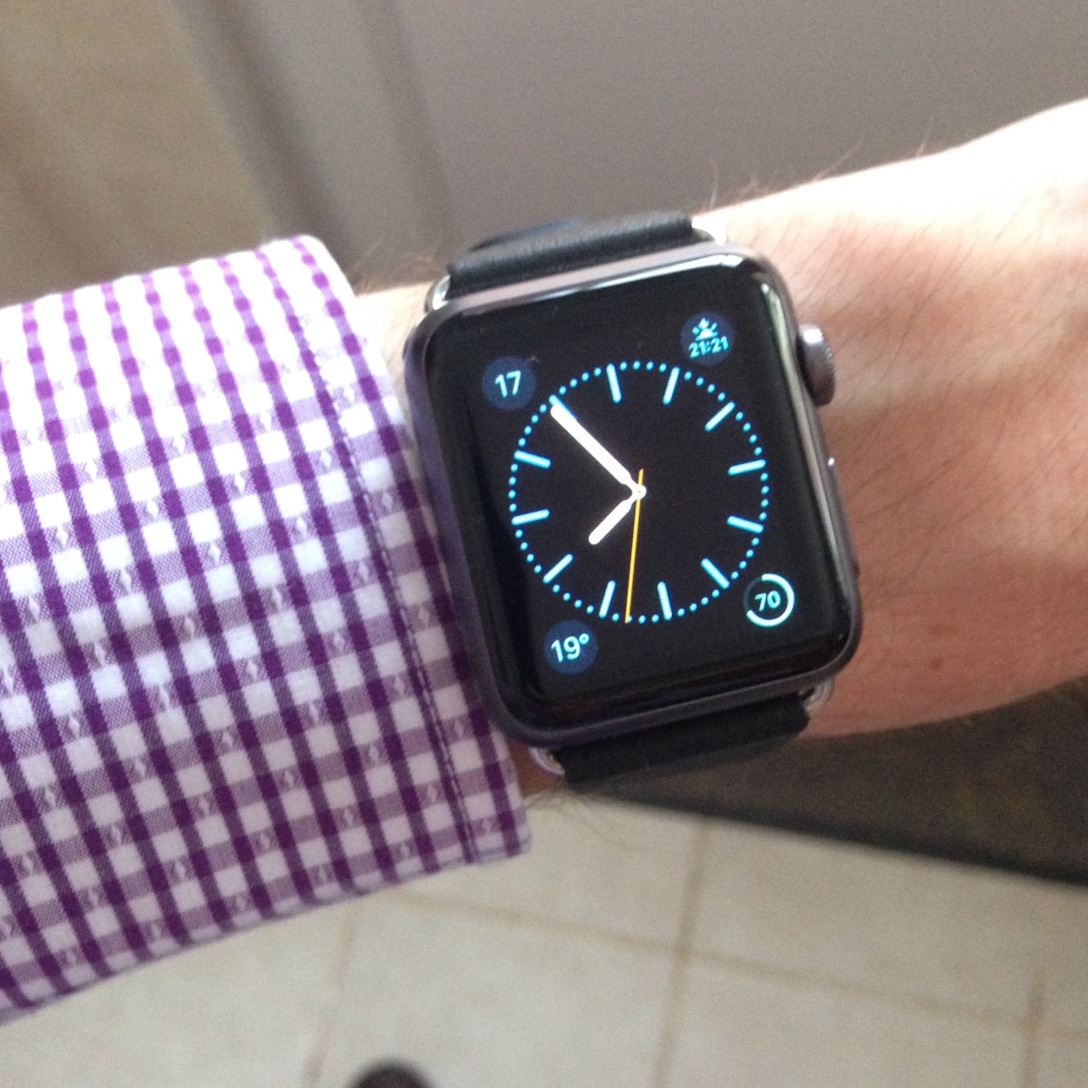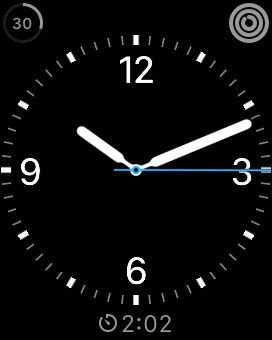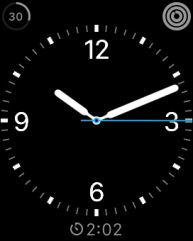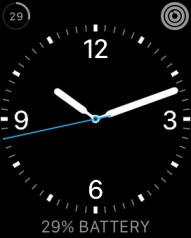
So it seems iPad sales have fallen for yet another quarter. As someone whose iPad is their favourite computer; on the one hand this surprises me – why wouldn’t everyone and anyone want one of these fabulously useful and fun gadgets? But on the other hand I can absolutely see why many people wouldn’t have a space for this relatively expensive, yet limited device in their lives.
The problem is that a tablet does some things really well: browsing the web, watching videos, taking notes, editing photos. It also does some things very poorly: you can’t import music purchased from someone other than Apple into your music library (iTunes Match) for example and the apps are in general baby versions of their desktop counterparts. Need to rotate, annotate and save a PDF? Create a PivotChart? Have two Word documents open at the same time? You’re out of luck.
Most people don’t create
The iPad’s big differentiator is that unlike an iPhone, it can actually be used to create content (By content I don’t mean social network updates!). Witness the suite of applications Apple provide for free or next to nothing; GarageBand, iMovie, Pages, Keynote and excellent apps like Pixelmator, which is the only image editing application I’ve ever been able to comprehend (I even managed to ‘photoshop’ someone who was in from one photo and place them into another, while making it look convincing). The problem is, most people don’t create content very often. Outside of work and school (where people obviously do), most people’s computing needs boil down to what is the quickest and most comfortable way to consume content. The iPhone’s success in business was dominated by it’s consumer success (the so called ‘consumerisation of IT’) but the iPad hasn’t followed this because for most people, the phone is simply ‘good enough’ to check Facebook, lookup that recipe or watch Netflix.
The phone is the best compromise, for now
Most people have learnt this over the last four years of iPad usage. The iPad isn’t better than a phone at the ‘phone’ things people do (Facebook, messaging, email) and it’s not better than a laptop at the ‘create’ things people do (with all the edge cases these entail). If you’re going to put down £400 or more on a new computer, why would you buy an iPad when you know it’s not going to replace your aging laptop and you’ll still need to replace that thing when it dies too. So most people buy new laptop instead, and that would seem like a smart decision to me.
Phone sales remain strong and this is because the phone is currently the best compromise for mobile computing. A small screen with lots of sensors and are useful while you’re out and about – camera, GPS, compasses etc. The iPad is a more enjoyable and productive device to use than a phone because of it’s larger screen size, but that also means it can’t replace a phone because nobody wants to carry a large bag on them at all times. It’s not an ‘always with you’ device. The phone is therefore the best compromise between having a nice big screen, and having something that is always on your person. Will this always be the case however? Once smartwatches are able to connect directly to cellular networks and don’t need to be tethered to a phone, will they be able to take on the role of ‘always with you’, for messaging, directions, checking headlines etc? If this happens then what do we need the phone for? It’s no longer necessary to have this compromise of a smaller screen. In this case, would people decide that a watch and an tablet (or laptop, if the iPad or its competitors haven’t improved its software yet) will take on the roll of web browsing, Netflix and Facebook, fulfilling the rest of their computing needs? I could quite see myself using just a watch and a tablet, if both devices progress in the right directions over the next few years.



